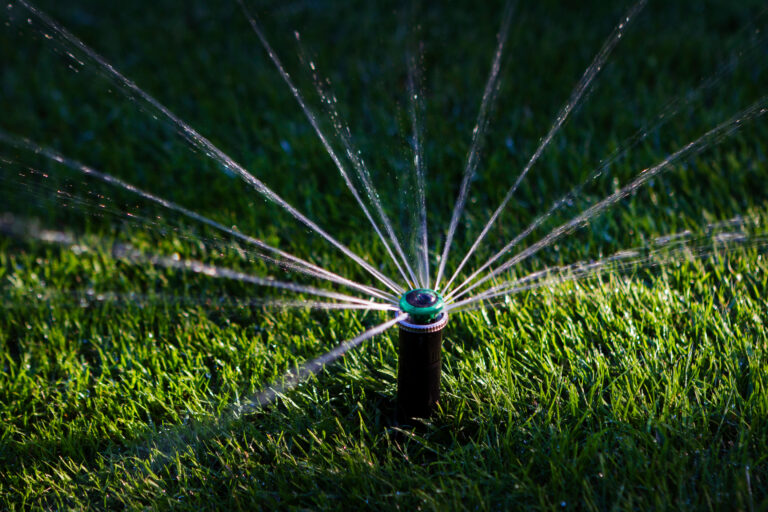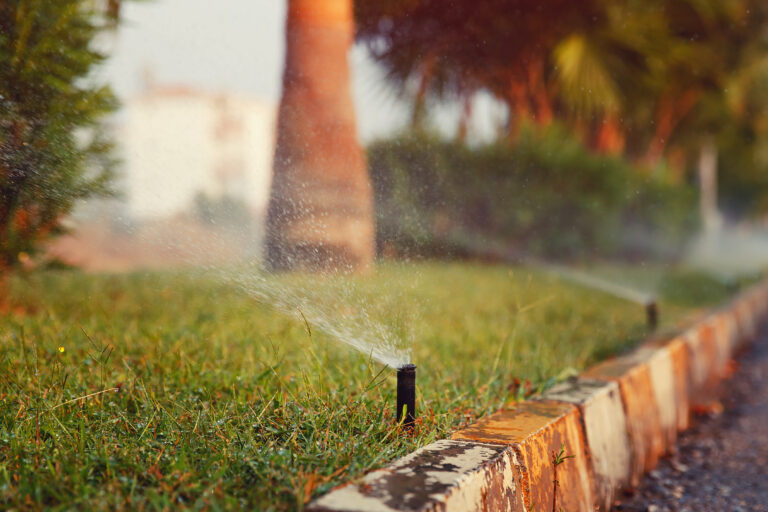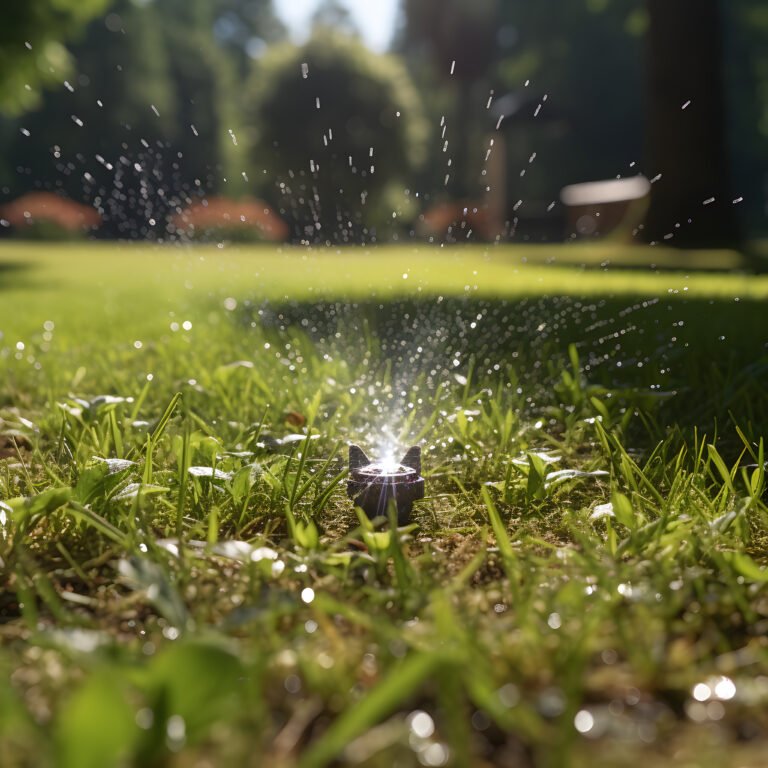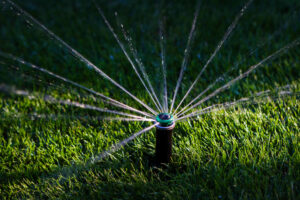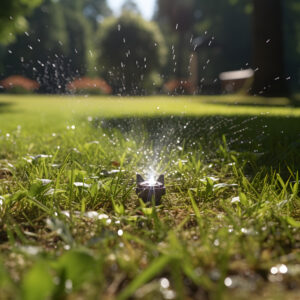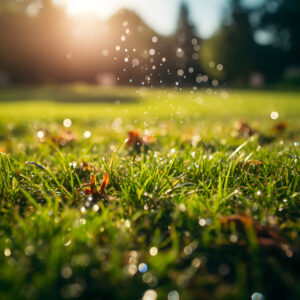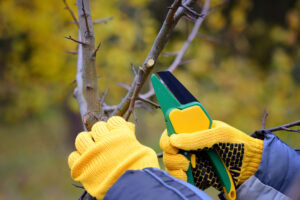
Winter months offer the ideal conditions for tree maintenance, including pruning and adjusting irrigation systems. With trees in their dormant phase, pruning can be done with minimal stress to the plant, encouraging healthier growth come spring. At the same time, it’s essential to revisit your tree irrigation strategy, especially if you’ve recently installed or relied on tree bubblers. Here’s how these elements work together to support the health of your trees.
Why Trim Trees in Winter?
- Dormant Growth: In winter, trees enter a dormant phase, slowing their growth and reducing their metabolic activity. Trimming during this period minimizes stress on the tree, as it doesn’t have to expend extra energy on healing wounds or supporting new growth.
- Disease Prevention: Pruning during colder months helps reduce the spread of diseases and pests that thrive in warmer weather. Many tree diseases and pests are inactive in cold weather. Trimming during winter reduces the risk of infections and infestations that can occur when fresh cuts are exposed to harmful pathogens or insects during warmer months.
- Improved Structure: Removing dead or weak branches reduces the risk of storm damage and encourages a stronger, healthier structure.
- Improved Visibility: Without leaves, the structure of the tree is fully exposed, making it easier to see and identify dead, damaged, or weak branches that need removal. This allows for more precise pruning and better decision-making about shaping and structural adjustments.
The Role of Tree Bubblers in Young Tree Establishment
Tree bubblers are an efficient way to provide water to newly planted trees, ensuring they develop a deep and healthy root system. A tree bubbler is a small irrigation device designed to deliver water directly to the base of a tree in a slow and controlled manner. Unlike traditional sprinklers that spread water over a wide area, tree bubblers focus on the root zone of a tree, ensuring deep soil penetration where it’s most beneficial for growth.
You add a tree bubbler when you plant a new tree to help establish a strong and healthy root system. You generally add them during or right after tree planting to provide water directly to the tree’s root ball. Bubblers are effective with newly planted or young trees (less than a year old) as their root systems are still confined to the area around the root ball.
Key Features of Tree Bubblers:
- Direct Watering: They bubble water onto the ground surface, saturating the soil around the tree’s root ball (the cluster of roots and soil at the base of the tree).
- Efficient Water Use: By targeting the root zone, tree bubblers minimize water waste and encourage deep root growth.
- Customization: Many tree bubblers are adjustable, allowing you to control the flow rate to suit the tree’s size and water needs.
Types of Tree Bubblers:
- Flood Bubblers: Flood the area around the tree’s base. Some are adjustable to vary the water flow. These are ideal for targeting specific water needs.
- Stream Bubblers: Spray water up to 2-5 feet from the bubbler, covering a larger area.
- Micro Bubblers: Have lower flow rates, often used in drip irrigation systems. These are best for controlled watering scenarios.
- Bubbler Nozzles: Attach to spray heads or pipes for easy installation.
Tree bubblers are particularly beneficial for newly planted trees, helping to establish a deep and robust root system. They are typically installed as part of a residential irrigation system and placed on a separate zone to accommodate the unique watering needs of trees.
Read more about bubblers and tree planting.
When to Cap Off Your Bubblers
Capping tree bubblers is essential for long term tree health. This means sealing or shutting off the flow of water to the bubbler heads. This process is typically done after a tree is established and no longer requires the concentrated watering that bubblers provide to its root ball.
Once your tree is established, typically after the first year, it’s time to cap off the tree bubblers. Continued use can lead to over-concentration of water around the trunk, resulting in crown rot and a weakened root system. An established tree should rely on its expansive root network for moisture, not a bubbler.
How to Cap Tree Bubblers
- Cap and Remove: In almost all cases tree bubblers should be removed and capped off. The cap should be installed as far back as possible from the trunk of the tree to reduce future issues with roots.
- Convert and modify: In some cases, the bubblers may be converted to a different, more appropriate type of irrigation. Such as a drip irrigation ring around the tree or converting the bubbler to a conventional sprinkler head. It is best to have a professional asses to determine the appropriate solution, based on the size of the tree, location of bubbler and water needs.
After capping, the tree should be watered deeply and widely, covering the entire area under its canopy and beyond, as its roots will have spread far from the original planting hole.
Watering Tips for Established Trees
- Deep Watering: Aim to soak the soil 10 inches deep, extending coverage to several feet beyond the canopy.
- Watering Frequency: During the hottest months, water at least four times a month. For most established trees, 10 gallons of water per inch of trunk diameter is ideal. (over the entire root zone)
- Soil Check: Use a screwdriver to check soil moisture. If it doesn’t penetrate at least 6 inches, it’s time to water.
Integrating Tree Care and Irrigation
Winter is also an excellent time to evaluate and adjust your irrigation system. This includes:
- Ensuring rain and freeze sensors are functioning properly.
- Adjusting watering schedules to account for dormant trees.
- Preparing for spring by inspecting bubblers and other irrigation components for damage.
- Capping off any unnecessary bubblers on established trees.
By combining thoughtful pruning and precise irrigation, you can set your trees up for long-term health and stability. Whether it’s trimming branches or fine-tuning your sprinkler system, proactive winter care ensures your landscape thrives year-round.
For all your tree irrigation and sprinkler system needs, contact Smart Earth Sprinklers at (512) 694-1147.

